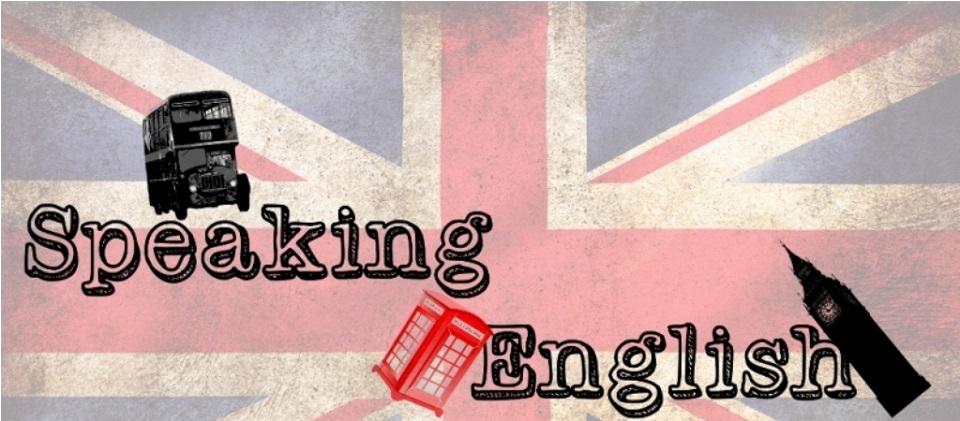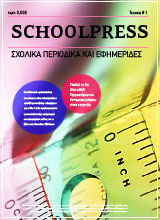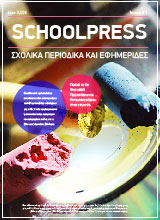By Eirini Skoura, Athanasia Siganou & Agia Stasinopoulou

Blond or blonde, or fair hair, is a hair colour characterized by low levels of the dark pigment eumelanin. The resultant visible hue depends on various factors, but always has some sort of yellowish color. The color can be from the very pale blond (caused by a patchy, scarce distribution of pigment) to reddish «strawberry» blond colors or golden-brownish («sandy») blond colors (the latter with more eumelanin). On the Fischer–Saller scale blond color ranges from A to J (blond brown).
Etymology, Spelling, and Grammar
The word «blond» is first attested in English in 1481 and derives from Old French blund, blont meaning «a colour midway between golden and light chestnut».It gradually eclipsed the native term «fair», of same meaning, from Old English fæġer, causing «fair» later to become a general term for «light complexioned». This earlier use of «fair» survives in the proper name Fairfax, from Old English fæġer-feahs meaning «blond hair».»Blond», with its continued gender-varied usage, is one of few adjectives in written English to retain separate masculine and feminine grammatical genders. Each of the two forms, however, is pronounced identically. American Heritage’s Book of English Usage propounds that, insofar as «a blonde» can be used to describe a woman but not a man who is merely said to possess blond(e) hair, the term is an example of a «sexist stereotype [whereby] women are primarily defined by their physical characteristics.» «Blond» and «blonde» are also occasionally used to refer to objects that have a color reminiscent of fair hair. Examples include pale wood and lager beer. For example, the OED records its use in 19th century poetic diction to describe flowers, «a variety of clay ironstone of the coal measures», «the colour of raw silk», and a breed of ray.Coined in 15th century, blond or blonde (derived from Anglo-French word blunt) originally meant just the light auburn. Since 1822, it is being used to mean people with hair of that color.The blonde stereotype, the stereotypical perception of blond-haired women, has two aspects. On one hand, over history, blonde hair in women has been considered attractive and desirable. On the other hand, a blonde woman is often perceived as making little use of intelligence and as a «woman who relied on her looks rather than on intelligence. The latter stereotype of «dumb blonde is exploited in blonde jokes.

Dumb blonde
The notion of «dumb blonde» has been a topic of academic research reported in scholarly articles and university symposia, which tend to confirm that many people hold to the perception that light-haired women are less intelligent than women with dark hair. There is no evidence to support this perception, which raises the question of its origin.
A possible explanation is that attractive women have less pressing incentives to cultivate and demonstrate their intellect in order to ensure their future, since attractiveness is an asset as well. The validity of this explanation is corroborated by its applicability to a similar pervasiveness of «dumb athlete» stereotype. The dumb blonde stereotype (and the associated cognitive bias) may have some negative consequences and it can also damage a blonde person’s career prospects. According to psychological research, hair color is a relevant trait in the perception of an individual’s intelligence and overall ability. In a study by Kyle and Mahler (1996), the researchers asked subjects to evaluate photographs of the same woman with brown, red, and blonde hair in the context of a job application. After making sure that the hair color in all three conditions was rated as looking “natural” (not dyed) in a pilot study, participants in Kyle and Mahler’s study, both males and females, were asked to rate the applicant’s capability based on the photograph for an accounting position.The researchers found that the blonde-haired applicant was rated as significantly less capable than her brunette doppelganger. In addition, participants designated the female applicant’s starting salary as significantly lower when she was depicted as a blonde than when she was shown with brown hair.
The question that remains, then, is why is it that blondes are generally rated as less competent than those who have other hair colors? One theory focuses on the feminization of blonde hair, which can be seen by the overwhelming association of the dumb blonde persona with females. This idea draws on the stereotype that females have a lower psychometric intelligence than males. In fact, dumb blonde jokes are overwhelmingly female-specific: according to an extensive search in various publications and on the Internet, about 63% of dumb blonde jokes are directed exclusively at females (compared to less than 5% that directly referenced dumb blonde men). Consequently, blonde-haired individuals – regardless of if they are male or female – may be viewed as less capable because they are regarded as more feminine and thus less intelligent.Many blond actresses have played stereotypical «dumb blondes», including Judy Holliday, Jayne Mansfield, Carol Wayne and Goldie Hawn, best known as the giggling «dumb blonde», stumbling over her lines, especially when she introduced Rowan & Martin’s Laugh-In «News of the Future».In the American sitcom Three’s Company the blond girl (originally Chrissy played by Suzanne Somers, and later Cindy and Terri) is sweet and naïve, while the brunette (Janet played by Joyce DeWitt) is smart.In Mexico, Aida Pierce and, later, Sheyla Tadeo, were often cast as «dumb blonde» characters on television and film; these included Pierce’s nurse characterization, and Tadeo’s Zoila Delgadillo (in Cero en conducta) and Nachita, the housekeeper (in La Juala).

Blonde jokes
There is a category of jokes called «blonde jokes» that employs the dumb blonde stereotype. It overlaps at times with the jokes that generally portray the subject of the joke as promiscuous and/or stupid. Blonde jokes have been criticized as sexist by several authors, as most blondes in these jokes are female, although male variations also exist. Research indicates that because of this, men report being amused by blonde jokes significantly more than women do. Blonde jokes nearly always take the format of the blond(e) placing himself or herself in an unusual situation, performing a silly act because he or she misconstrued the meaning of how an activity is supposed to play out, or making a comment that serves to highlight his or her supposed lack of intelligence, lack of common sense, or cluelessness, or promiscuity.

Varieties
Various subcategories of blond hair have been defined to describe someone with blond hair more accurately. Common examples include the following:
- blond/flaxen: when distinguished from other varieties, «blond» by itself refers to a light but not whitish blond with no traces of red, gold, or brown; this color is often described as «flaxen».
- yellow: yellow-blond («yellow» can also be used to refer to hair which has been dyed yellow).
- platinum blond or towheaded: whitish-blond; almost all platinum blonds are children. «Platinum blond» is often used to describe bleached hair, while «towheaded» generally refers to natural hair color.
- sandy blond: grayish-hazel or cream-colored blond.
- golden blond: a darker to rich, golden-yellow blond.
- strawberry blond, Venetian blond or honey blond: reddish blond.
- dirty blond or dishwater blond: dark blond with flecks of golden blond and brown.
- ash-blond: ashen or grayish blond.
- bleached blond, bottle blond, or peroxide blond artificial blond slightly less white than platinum blond.









